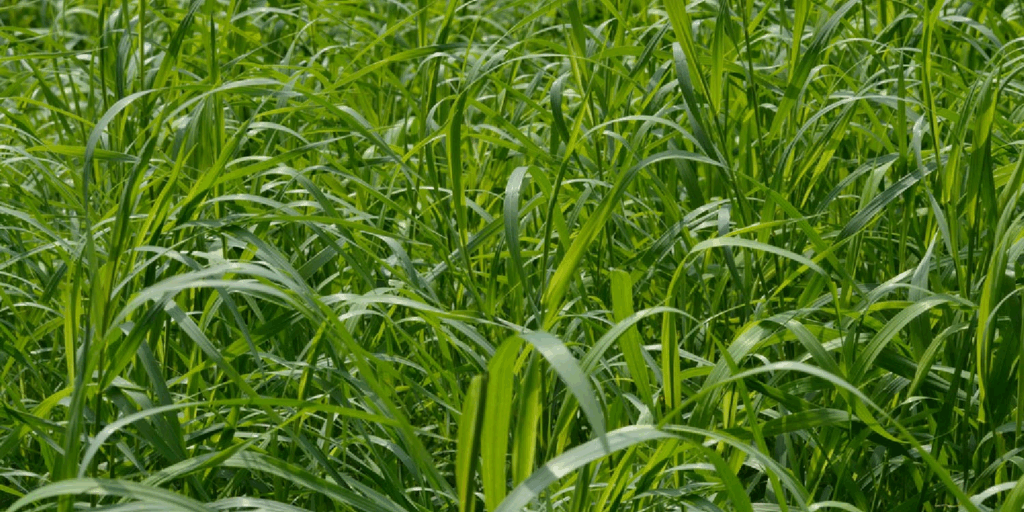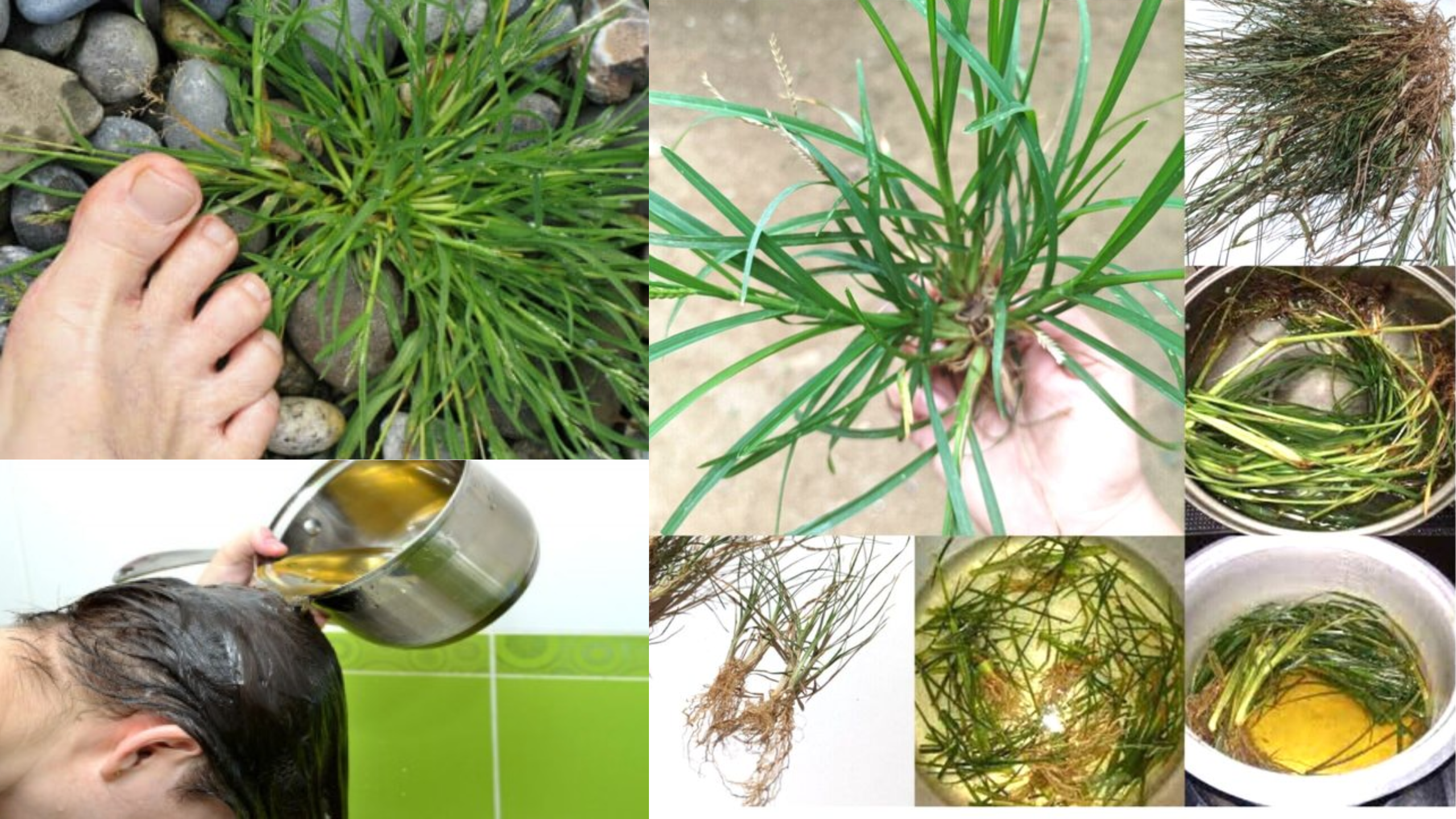Many people are seeking natural solutions to hair loss, a common concern that affects self-esteem and confidence. While scientific research on crabgrass (Digitaria sanguinalis) as a treatment for hair loss is limited, traditional and folk medicine in some cultures suggests it might have benefits worth exploring. In this article, we’ll delve into what crabgrass is, its potential effects on hair health, how it’s traditionally used, and what precautions to consider. Plus, we’ll explore proven, science-backed remedies for hair loss to help you make informed choices.
What is Crabgrass and Why Consider It for Hair?
Crabgrass is a common weed type that often takes over lawns and gardens. It’s known scientifically as Digitaria sanguinalis. Although many see it merely as an unsightly weed, traditional herbal practices sometimes attribute various health benefits to it. In some cultures, crabgrass has been used as a folk remedy for skin and scalp ailments, including hair loss.
But what exactly makes people consider crabgrass as a natural remedy? The interest primarily stems from its rich content of certain nutrients—specifically silica and minerals—and antioxidants. While not scientifically proven, these components are believed to promote healthier hair and scalp.
Theoretical Benefits of Crabgrass for Hair Loss
Although there’s a lack of extensive scientific studies, some traditional wisdom suggests crabgrass might support hair health through the following mechanisms:
- Rich in Silica and Minerals: Silica is known to promote hair strength and elasticity. It also supports healthy scalp tissue, which is vital for hair growth.
- Contains Antioxidants: These help combat oxidative stress on hair follicles caused by environmental factors, which can contribute to hair thinning.
- Moisturizing Properties: When used in herbal infusions or masks, crabgrass may help hydrate the scalp, reducing dryness and irritation that can impede hair growth.
While these benefits sound promising on paper, more research is necessary to establish clear scientific evidence.
Traditional Ways to Use Crabgrass for Hair Care

If you’re curious about experimenting with natural remedies, here are some folk methods for incorporating crabgrass into your hair care routine. Always remember to perform a patch test before trying any new treatment to check for allergies.
1. Crabgrass Hair Rinse
Ingredients:
- Fresh crabgrass leaves
- Water
Instructions:
- Boil a handful of fresh crabgrass leaves in two cups of water for about 10-15 minutes.
- Let the mixture cool until it’s comfortably warm.
- Strain out the leaves and pour the infusion onto your hair as a final rinse after shampooing.
Benefits:
This rinse might help detoxify the scalp, soothe skin, and add hydration, leading to a fresher scalp environment.
2. Crabgrass and Coconut Oil Scalp Paste
Ingredients:
- Fresh crabgrass leaves
- Coconut oil
Instructions:
- Blend the crabgrass leaves into a smooth paste.
- Mix this with coconut oil.
- Apply directly to your scalp, massage gently, and leave it on for about 30 minutes before rinsing with lukewarm water.
Potential Benefits:
This treatment aims to nourish the scalp, strengthen hair roots, and moisturize dry scalp skin.
3. Crabgrass and Aloe Vera Hair Mask
Ingredients:
- Extracted freshwater crabgrass juice
- Aloe vera gel
Instructions:
- Blend fresh crabgrass leaves and strain to extract juice.
- Mix the juice with aloe vera gel.
- Apply the mixture throughout your scalp and hair.
- Leave it for 20-30 minutes before rinsing thoroughly.
Possible Benefits:
This mask is thought to soothe irritated scalps, provide hydration, and possibly strengthen weaker hair.
Precautions Before Using Crabgrass for Hair
While these traditional remedies are generally safe if used appropriately, some precautions are essential:
- Allergy Testing: Always perform a patch test by applying a small amount to your skin (such as behind the ear or on your inner arm) and waiting 24 hours to see if any reaction occurs.
- Pesticide-Free Plants: Ensure your crabgrass is free from pesticides, herbicides, or chemicals before use.
- Consult a Specialist: If you experience significant hair loss or scalp issues, it’s best to consult a dermatologist or trichologist. They can recommend proven treatments and guide you on safe natural remedies.
Proven, Evidence-Based Remedies for Hair Loss
If you’re seeking more scientifically supported solutions, consider options like:
- Essential Oils: Rosemary, peppermint, and castor oil have some research suggesting they can promote hair growth and improve scalp health.
- Herbal Extracts: Aloe vera, fenugreek, and Indian gooseberry (amla) are longstanding herbal remedies known to support hair strength.
- Nutritional Supplements: Biotin, zinc, and iron deficiencies can contribute to hair thinning. Proper nutrition and supplements can help restore healthy hair growth.
While the natural use of crabgrass may seem appealing, it’s crucial to always prioritize treatments with scientific backing, especially for severe hair loss.
Final Thoughts
Crabgrass remains largely an overlooked plant in the realm of herbal remedies, especially for hair loss. Its nutritional content hints at potential benefits, but current scientific evidence is limited. If you’re eager to try natural remedies, crabgrass infusions or masks could be a gentle addition to your hair care routine, alongside a balanced diet, proper scalp care, and proven treatments.
Remember, healthy hair starts with good overall health and hair care practices. Consulting a healthcare professional remains the best course if hair loss persists or worsens. Natural remedies can complement conventional treatments but should never replace professional advice for severe conditions.


1 thought on “Crabgrass for Hair Loss: Exploring Natural Remedies and Uses”